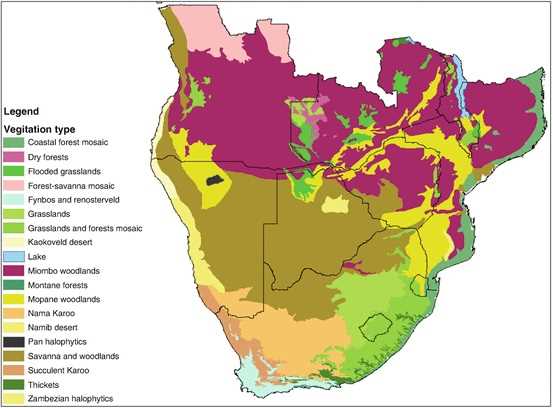
More than 100 expertsfrom eight countries and partners contributing to the Drylands Sustainable Landscapes Impact Program Regional Cluster in Southern Africa are meeting in Harare this week to accelerate the programme’s implementation at country level, develop skills and plan next steps of this major initiative supported by the Global Environment Facility
“Our strategy for this project is to demonstrate effective approaches for sustainable land and forest management in order to influence policy and the integration of sustainable environmental management across sectors,” said Permanent Secretary in the Ministry of Environment, Climate, Tourism and Hospitality Industry, Ambassador Raphael Faranisi in his official opening remarks of the workshop.
The first of its kind in the Southern Africa cluster since the GEF funded programme was launched, the meeting is led by the Food and Agriculture Organization of the United Nations.
The initiative was launched to help end the degradation of drylands and accelerate, through international collaboration, a paradigm shift to their sustainable use and management.
“We are at a key point in this ambitious and ground-breaking programme,” said Global Coordinator of the DSL-IP Fritjof Boerstler.
This meeting will be a unique opportunity to strengthen the links and collaboration between countries and help identify what needs to be done, both by countries and international partners, to achieve transformational, durable and replicable change at scale.
Related Stories
Drylands are home to more than 2 billion people and contain 44 percent of the world’s agriculturally productive land.
“The DSL-IP is a timely addition to this impressive list of ongoing efforts and initiatives in the sub-region. The DSL-IP aims to address the common challenges in managing drylands in an integrated and transformative way, potentially delivering systemic change and a paradigm shift in the target landscapes,” said FAO Subregional Coordinator for Southern Africa Patrice Talla
Under the five-year FAO-led programme, with USD 104,500 million funding from the GEF, 11 countries (Angola, Botswana, Malawi, Mozambique, Namibia, Zimbabwe, Tanzania, Kenya, Burkina Faso, Mongolia and Kazakhstan) are working together to achieve greater impact by setting collective goals, sharing knowledge, harmonising mapping and monitoring systems, and limiting the risk of duplicated effort.
The programme will reach close to 1 million direct beneficiaries and bring 12 million hectares of drylands under sustainable land management, including 1.1 million hectares primarily benefitting biodiversity and preventing deforestation of 10,000 hectares of high conservation value forests. In addition, the programme will improve the management effectiveness in 1.6 million hectares of protected areas and restore 0.9 million hectares of degraded land in the drylands.
International partners including the International Union for Conservation of Nature, the World Wildlife Fund, the World Bank, the World Overview of Conservation Approaches and Technologies, the United Nations Convention to Combat Desertification, regional organizations such as the Southern African Development Community as well as several technical divisions of FAO, are providing information and coordination and supporting the group to build technical skills and capacity to reverse land degradation and implement sustainable land and forest management.
Significant strides have been made since the programme began, particularly in the Southern Africa Cluster, with the establishment of a Regional Exchange Mechanism, the launch of a Monitoring, Evaluation and Learning Working Group, the creation of three Communities of Practice, and the operationalization and inception of three projects in Zimbabwe, Malawi, and Namibia. Most countries have also finalized legal and operational obligations required under the programme and are swiftly moving towards implementation.
The five-day, highly interactive agenda involves presentations, moderated panels, practical demonstrations, discussion groups, and training. The workshop is designed to build common understanding among all stakeholders of how the DSL-IP works, the kinds of technical support available to countries from the global programme and fostering strategic linkages to wider initiatives such as the Great Green Wall Initiative, Africa’s flagship initiative to combat climate change and desertification in the Sahel region and address food insecurity and poverty.
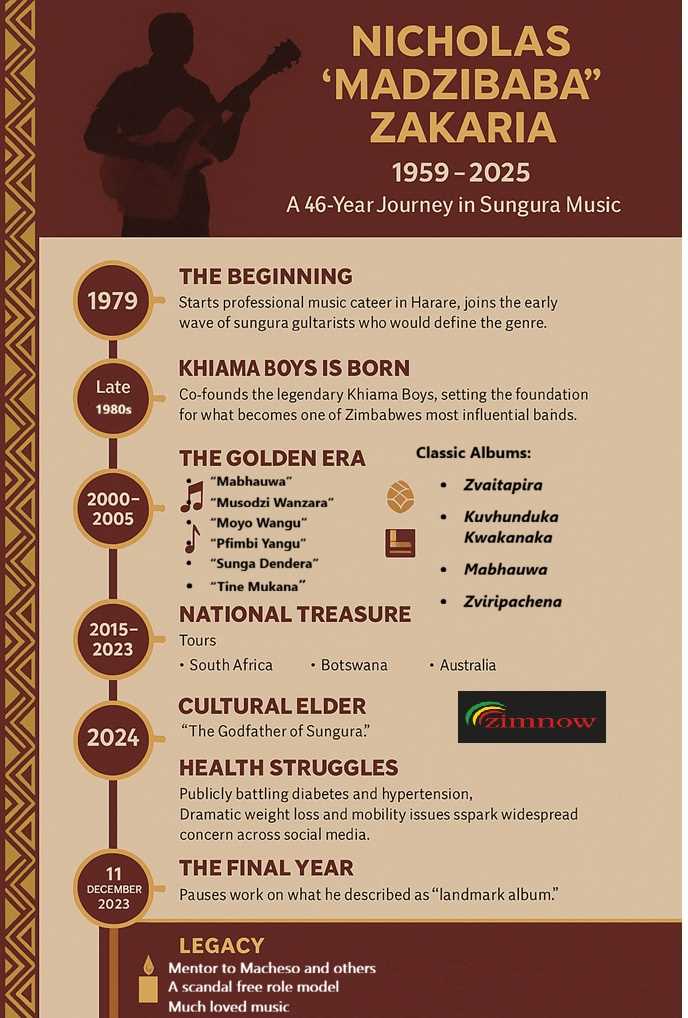
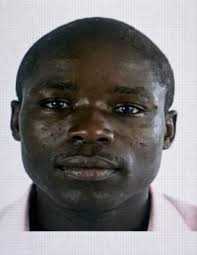
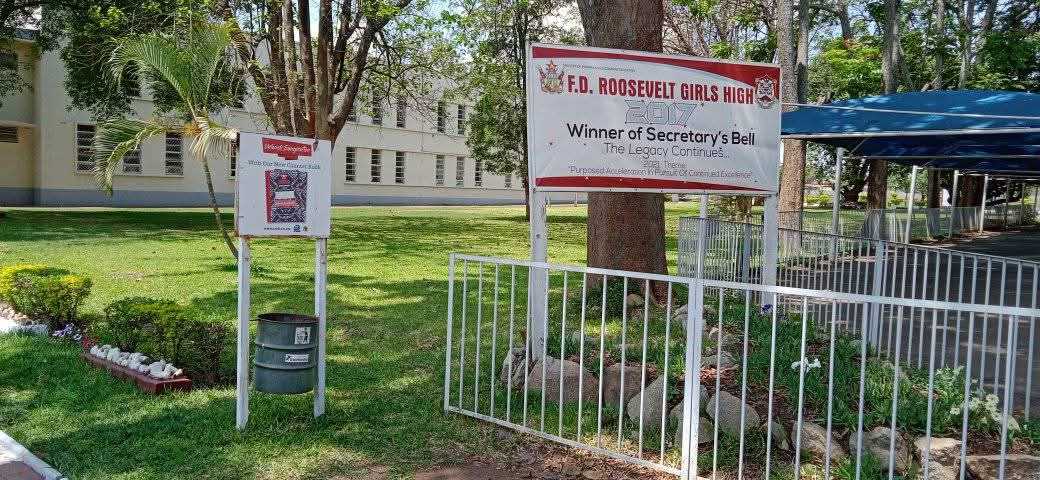






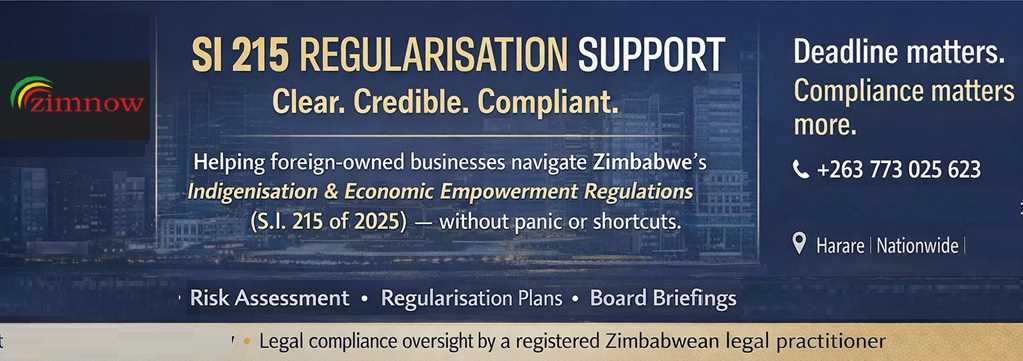
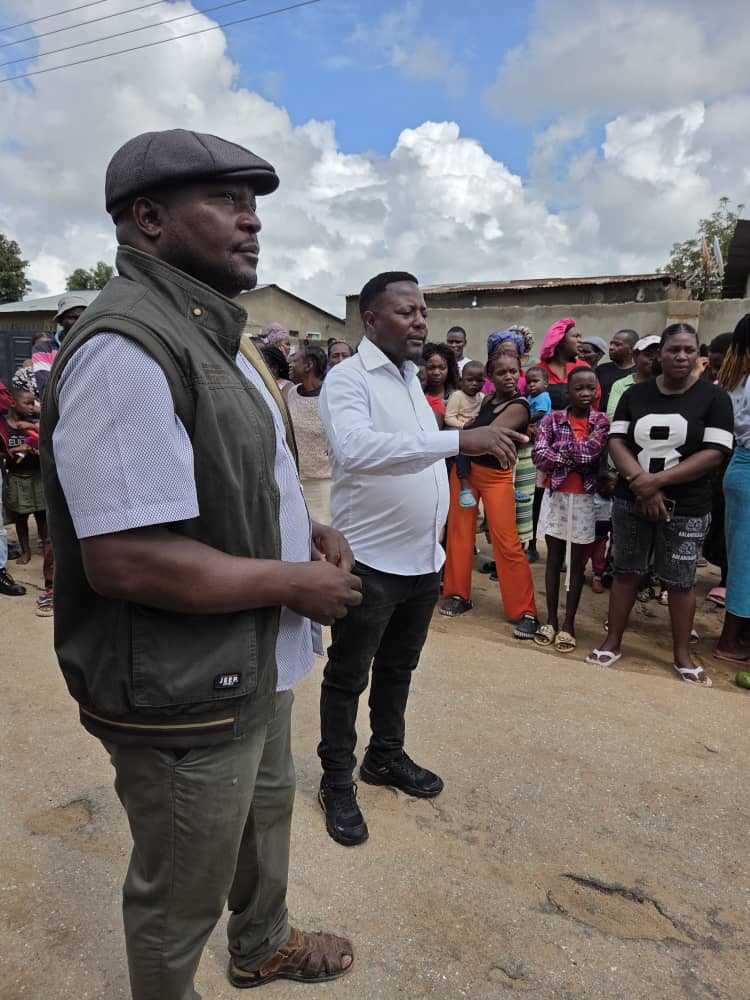






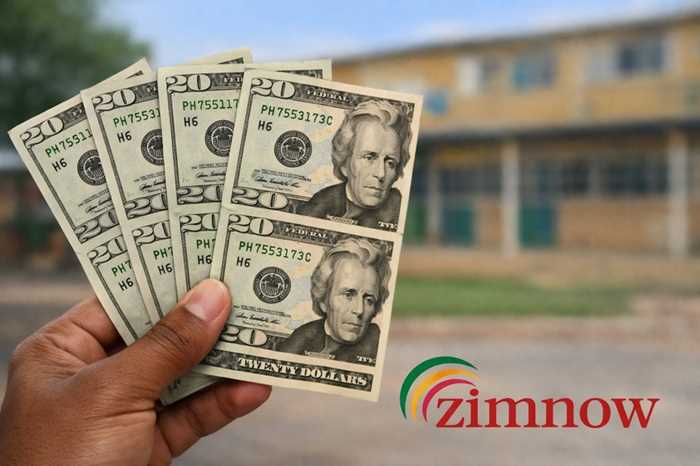


Leave Comments